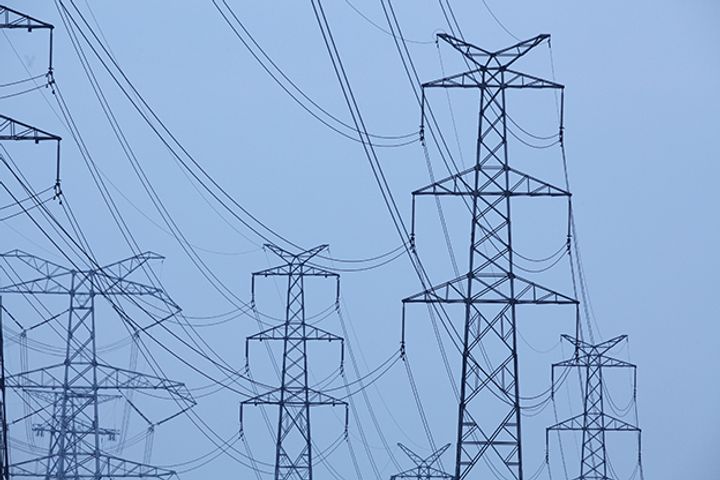 China to Cut Industrial Power Prices by Another 10%
China to Cut Industrial Power Prices by Another 10%(Yicai Global) March 6 -- China plans to slash the average price of electricity charged to companies by a further 10 percent to reduce the non-tax burden on industrial and commercial users.
The authorities will cut grid charges as well as transmission and distribution prices, according to the government's latest work report.
Electricity makes up around 30 percent of overall costs for industrial companies and reducing it can boost their competitiveness. The government is committed to easing the non-tax burden on business, Premier Li Keqiang said in his work report to the annual meetings of the National People's Congress and the Chinese People's Political Consultative Conference, the country's top political advisory body.
The National Development and Reform Commission, the country's top economic planner and price setter, temporarily brought in several measures last year to reduce transmission and distribution costs and cut value-added tax for power distributors. That helped China hit its 2018 goal with an average drop of more than CNY0.08 (USD0.01) per kilowatt-hour, or 10 percent, according to official data.
"As the power market reform speeds up, the commodity attributes of electricity have become more and more obvious," Navigator Consulting Vice President Wang Xiuqiang told Yicai Global. "Pricing and generation plans have also moved from direct government regulation to relying on market supply and demand."
Electricity prices in China are reviewed and approved every three years. The last round was from 2017 to 2019. There is little room for regional cuts in terms of transmission and distribution prices this year and any reductions are expected to come from the nuclear sector and large-scale hydropower producers. Thermal power players are still mostly in the red.
Editor: William Clegg